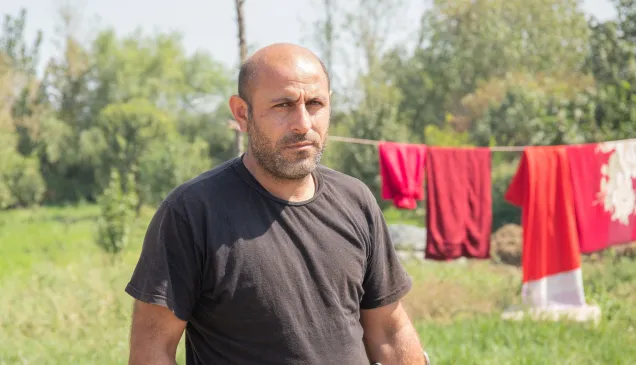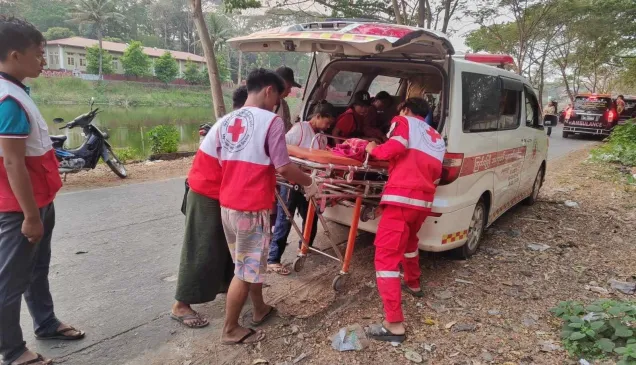The constant danger of explosive hazards

The presence, use and abandonment of explosive hazards have devastating effects on civilians. In 2024, entire communities were displaced or confined due to the constant threat posed by these explosive hazards. This transformed their ways of life, as they could no longer move freely through their territories. Many people lost their means of subsistence.
Essential activities such as hunting, fishing, planting, going to school or participating in community spaces became very dangerous. This situation compromised food security and access to essential goods and services. It also profoundly altered the communities' relationship with their environment, affecting their mental health and generating serious repercussions at the social and economic levels. People didn't know where existing explosive hazards were located or where new ones might have been installed, resulting in constant anxiety and fear of falling victim to them.
The number of people directly affected shows the seriousness of this problem. In 2024, we recorded 719 people injured or killed by anti-personnel mines, explosive remnants of war, launched explosives and controlled detonation devices*. This figure represents an 89 per cent increase compared with 2023 and is the highest number reported in the last eight years.

The cases were spread across 14 departments of the country, with the Pacific region the most affected: the departments of Cauca, Valle del Cauca and Nariño accounted for 65 per cent of the injured and deceased. This rise has been driven by the increased use of explosive hazards as the hostilities have intensified. Civilians have been increasingly affected by these devices, especially launched explosives and controlled detonation devices. Of the total number of injuries and deaths recorded in 2024, 63 per cent were caused by these two types of devices and most of the victims were civilians.
In addition, the significant rise in the use of launched ramps, both in rural and urban areas, by means of use of unmanned aerial vehicles to drop improsived ammunition, sharpened people's anxiety. This was especially the case for communities in departments where the impact of this type of device was greatest, such as Cauca, Arauca, Antioquia, Nariño and Norte de Santander.

Launched and drop explosives can cause superfluous and unnecessary damage, and directly affect civilians and civilian property, especially when the attacks are not sufficiently precise or no distinction is made between military targets and civilians. It is worth restating that, under humanitarian law, parties to armed conflicts must respect the principles of distinction, proportionality and precaution. Compliance with these principles is essential to protect civilians and minimize the effects of hostilities.
Not only did the impact of launched explosives and controlled detonation devices increase markedly last year, but anti-personnel mines and explosive remnants of war also did more damage. In fact, the number of people injured or killed by such devices rose by 42 per cent compared with 2023.
The data show that
It is therefore clear that the situation is worsening and protecting communities is becoming very difficult. In 2024, we recorded accidents caused by explosive hazards in 78 municipalities of Colombia. In 39 of them, no accidents had been reported in the previous year. Moreover, for the first time in eight years, reports were received of people being hurt by these devices in the department of Amazonas. This shows that these devices are being used in new areas of the country.
*An example of launched explosives are "tatucos", improvised weapons that are fired from an explosive ramp. Examples of controlled detonation devices are cylinder bombs and car bombs, which require remote or timed activation. Explosive remnants of war include munitions that were fired but did not detonate during the fighting and munitions that combatants abandoned.



